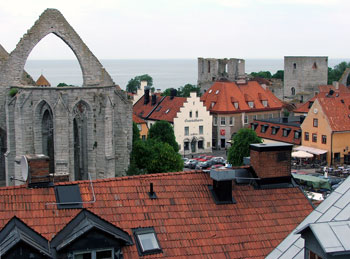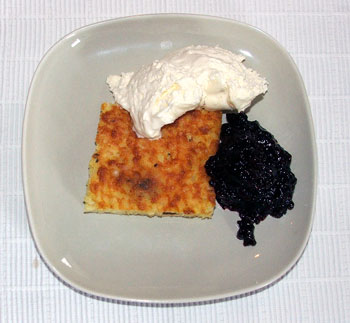 |
 |
 |
Visby's medieval architecture is so well-preserved that it has earned a place on the UNESCO World Heritage list. The city flourished thanks to the Hanseatic League, an alliance of trading guilds that monopolized the Baltic Sea. Visby never joined the Hanseatic League itself, though, preferring to maintain its own monopoly and collect taxes and fees instead. In fact, the large remaining cathedral in town was originally funded by German traders.




